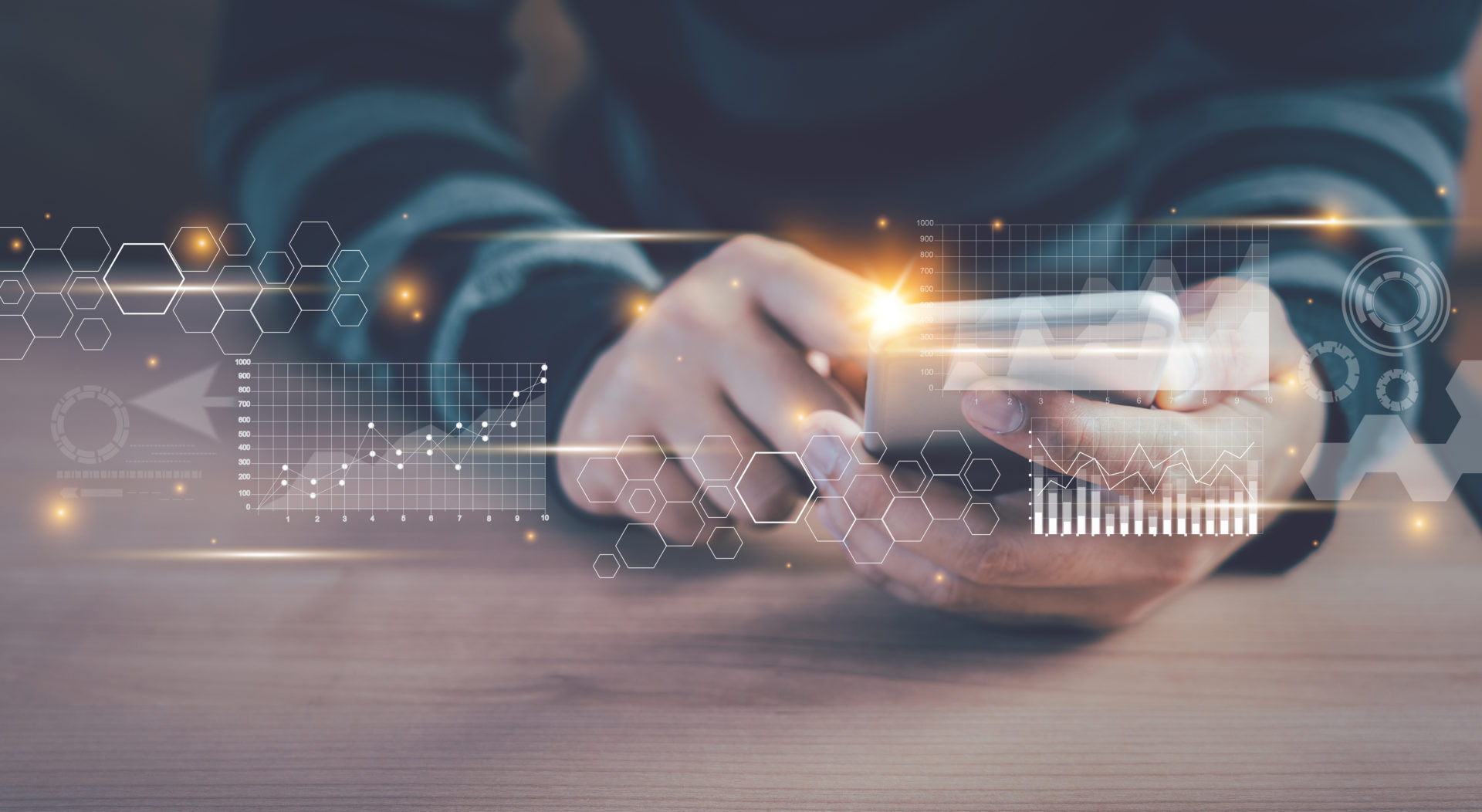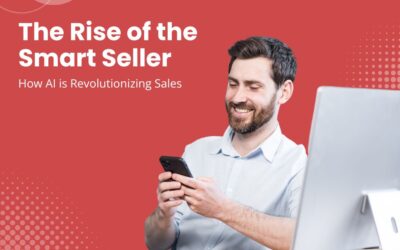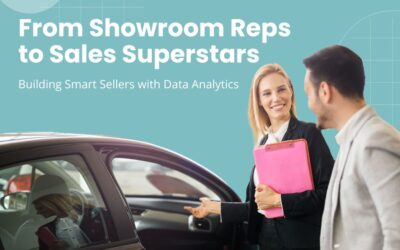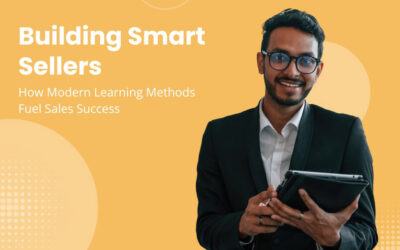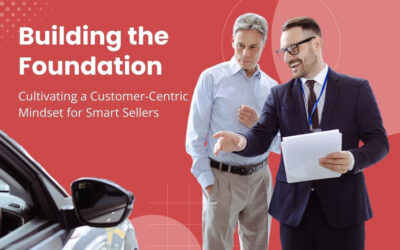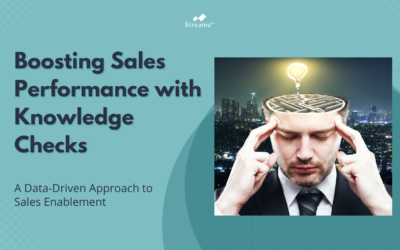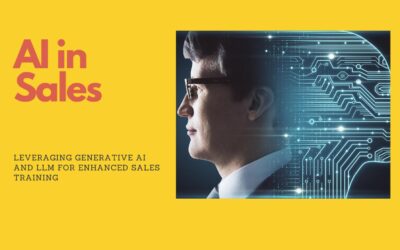Nandakumar Chari
DECEMBER 7, 2021
Training sales teams is one of the largest expenditures for any enterprise. As sales leaders, you want to be sure that these investments are reaping results. Therefore, it is not surprising that sales enablement has gathered wide popularity, experiencing an increase of 343% in adoption over the last few years. In fact, it was found that 77.1% of companies with a sales force exceeding 500 people have a dedicated sales enablement function. With this increasing adoption, companies need to create a novel sales enablement framework that is in line with their goal and objectives.
To that end, we at Streamz worked closely with our customers to develop our data-driven, personalized, and Always-On Sales Enablement framework. Implementing our 4-step approach to sales enablement strategy:
- Ensures salespeople are always ready to sell
- Increases productivity of the sales teams
- Improves execution of product lifecycle strategies
- Improves ROI of your sales training methods
- Reduces ramp-up time for new salespeople
Before we deep dive into the always-on sales enablement framework, let’s understand why companies must fundamentally reimagine sales readiness.
Why the Always-On Sales Enablement Framework
In today’s landscape, while some businesses have seen accelerated growth, many have not. Your sales teams are now selling remotely, new channels like online chat and video have sprung up, and you’ve been trying to explore new sales training methods to engage and motivate your sales reps. But what are the overarching trends that impose this change in traditional sales enablement frameworks?
Remote work is here to stay
It isn’t breaking news that COVID-19 forced companies to explore uncharted territories. Consequently, sales leaders who quickly adapted and invested in remote selling were rewarded. In 2021, 64% of the sales leaders who transitioned to remote selling met or exceeded their revenue targets.
As we now move to the post-pandemic normal, most organizations have different plans. In fact, 57% of the sales leaders said their organization’s sales model would be a hybrid one in the coming years.
Customer Expectations are very high
Customer attitudes, behaviors, and purchasing habits are changing. Consumers across the world are looking at products and brands differently. As they become more conscious of their purchases, 60-70% of the buying cycle is spent on online research and peer validation. As a result, face-to-face time for sellers has compressed, giving them limited time to influence buying decisions. To cut through the noise and make your product stand out, your sales teams need to provide differentiated value in every single conversation.
Reps are not sales-ready
An important question every sales trainer must ask themselves is, Is my sales enablement strategy working? If the answer is no, and there will be clear indicators, it is time to reflect. We have found that 43% of the sales reps do not understand their own products and services. In this competitive market, how will they create value if they themselves do not understand it?
To create productive sales teams, your salespeople must be up-to-date on the industry, competitors, current trends, new products or services, and the company and its needs.
Also read: Is your sales rep ready?
Scarcity of experienced sellers
Sales turnover has always been a concern. A recent study found that 18 months is the average sales rep turnover. With sales possible from virtually anywhere, top sales talent is in-demand. A recent report on sales rep turnover indicated that the time to replace an open position ranges from 6-8 months. Coupled with the average ramp-up time of 3.2 months, it leaves companies with little under a year before you’re finding a replacement again.
There is an imminent need for a comprehensive sales enablement framework that continuously engages sales reps, and refreshes and reinforces key knowledge.
The Always-On Sales Enablement Framework
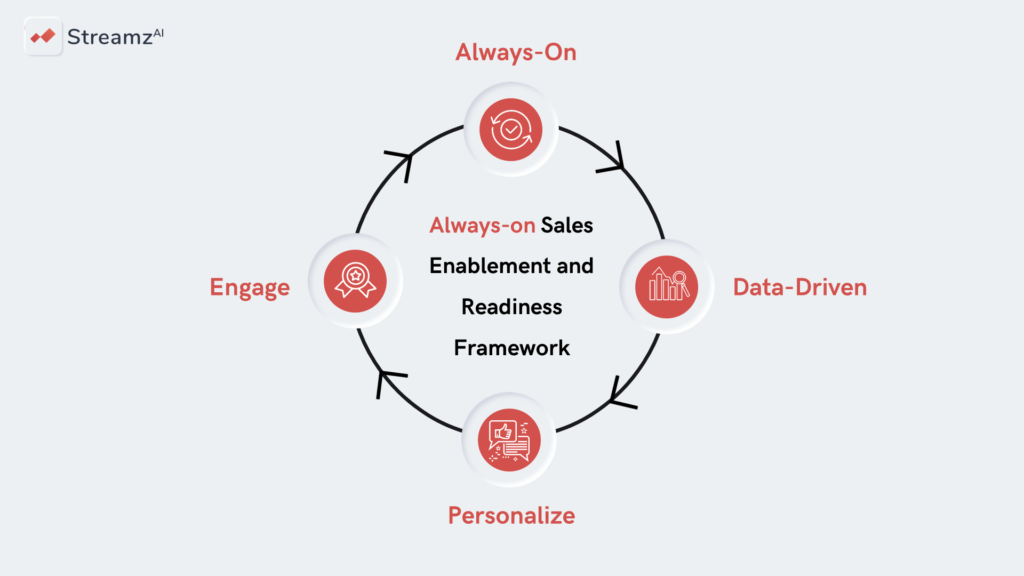
What it means to be truly Always-On
Companies are coming up with new sales content, conducting one-one zoom training, and even following up with sales teams through assessments. While these have so far served their purpose, they are just the starting point.
Becoming truly always-on in your sales enablement plan means establishing a more complete approach toward sales training methods. It is about establishing multiple touchpoints, continuously assessing, benchmarking, and improving your sales reps’ skill levels. For one thing, it starts with inculcating everyday learning behaviors- whether through revisiting content, learning activities, sales challenges, or assessments, delivered in an orderly, continuous way.
The always-on sales enablement framework urges companies to move away from traditional point-in-time training and invest in creating sales training that aligns with long-term goals and rep development.
Making Data-Driven Decisions
*insert image here*
Data is the backbone that extends the frontiers of sales enablement strategies, every day. It is certainly the backbone that holds our always-on sales enablement framework. Data adds color to what is working and helps align sales training with broader business needs. Sales leaders must back their decisions on the skill levels and knowledge gaps of individual sales reps and the overall organization. With insights about learning trends, what content impacts sales performances, and organizational competency heatmaps, sales enablement managers can invest more time in creating a sales enablement strategy that makes training as targeted as possible.
Learn More: Streamz Sales Enablement Analytics
Personalization at the core of Sales Enablement Strategy
There isn’t a one-size-fits-all approach to sales training. Companies have a diverse group of sales reps, and everyone learns differently. For this reason, the always-on sales enablement framework requires sales trainers to provide contextual learning recommendations for maximum impact.
It is necessary to create a training program that assesses sales reps on the day-to-day realities of their field. With personalized training, you can deep dive into each reps’ sales readiness and take individualized corrective measures at scale.
Engaging and Motivating to Drive the Right Sales Behaviors
We recently added this step to our sales enablement framework, only because it’s the final layer that helps reinforce training and make it more fun. And if you’re having fun learning, it’s hard to forget it.
Within this framework, it’s important to use a mix of gamified contests- quizzes, photo/video submission activities, and more to ensure your reps are participating and feel like a part of the tribe. Link these activities to points, badges, and leaderboards to motivate them and drive the right behaviors, develop skills, or solve problems.
Also Read: Leveraging Gamification Elements in Your Sales Training
In Conclusion
While it’s just a 4-step framework, it’s important to remember that it’s a cyclic one. Implementing the always-on sales enablement framework is a continuous process, one that is facilitated by a sales readiness solution.
In the next part, we will discuss the pillars on which you can seamlessly integrate this framework into your sales training. Subscribe to our blog to stay updated.

